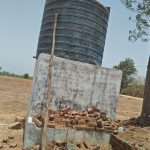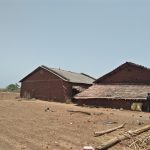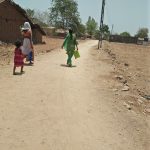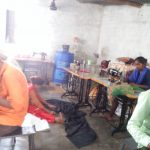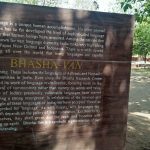Duration 1st June 2019 to 10th June 2019
I am Dipanjali Bagh from ODISHA. I am doing master in Social Management in Central University of Gujarat. I am working with WAYVE Foundation as an intern in summer vacation. I visited 13 villages of Chhota Udaipur district in field work basis and collect the data about the life style of 13 village’s people.
Case study of Chhota Udaipur
Chhota Udaipur is a district in the state of Gujarat, India. It consists of 6 talukas as follows:
Chhota Udepur, Pavi, Jetpur, Kawant, Naswadi, Sankheda and Bodeli.
Chhota Udaipur is a tribal dominated district. Basically, it consists of two communities namely, Rathwa and Nayak and is covered by forest area.
I visited 13 villages of Chhota Udaipur district as follows: Ekalbara, Bhikapura, Nanizir, Borkanda, Choch, Gungavada, Zoz, Ghoghadev, Nasvadi, Kadval, Kundal, Chilarvat
Economical background
Their life style is below poverty line. Still they have APL Cards instead of BPL. People depend on agriculture and animal husbandry for their livelihood. People who don’t have land migrate for a period of 9 – 10 months to nearby cities in search of work as daily labourers. They take their families including children. Hence, the children’s education suffers.
Social structure
Basically, there are two communities – Rathwa and Nayak. As compared to Nayak, Rathwas are dominating in every field. Social condition of Rathwas is better than Nayak. There is no inter- marriages between Rathwas and Nayak.
During funerals, Nayak women were called for crying (Rudali).
They suffer a lot due to water shortage. Rainfall is average but there is no rain water harvesting facility.
Education
As compared to boys, parents do not give importance for girls education. The girls enrol their names in the schools but go to fields for work. Most of the girls do not clear 10th and 12th Boards. Only 10% of girls complete their schooling. No Graduates or post graduates were found among girls. A few graduate boys were found. The girls remain at home after schooling and help their parents in their work and eventually get married.
Every village had a Primary School.
Medical
Three villages had 1 PHC. For advanced treatment, the villagers had to go to Civil Hospital of Chotta Udepur.
Transportation
There are both government and private transportation. Government transportation runs on a particular timing and private transportation don’t have any timing. It could be noticed that private vehicles were overloaded. The condition of roads in all 13 villages were bad, due to which people face lot of problem in monsoon season.
Political structure
One village have one Sarpanch. Rathwas have more power because they participate more actively in politics than Nayaks. No lady Sarpanch was found. The Sarpanch were not educated and they could even sign.
Government scheme
Most of the people were not aware of any government schemes. Didn’t find MNREGA scheme. Out of the 13 villages, 6 villages had availed toilet facilities under Swachh Bharat Abhiyan though they don’t use it frequently.


